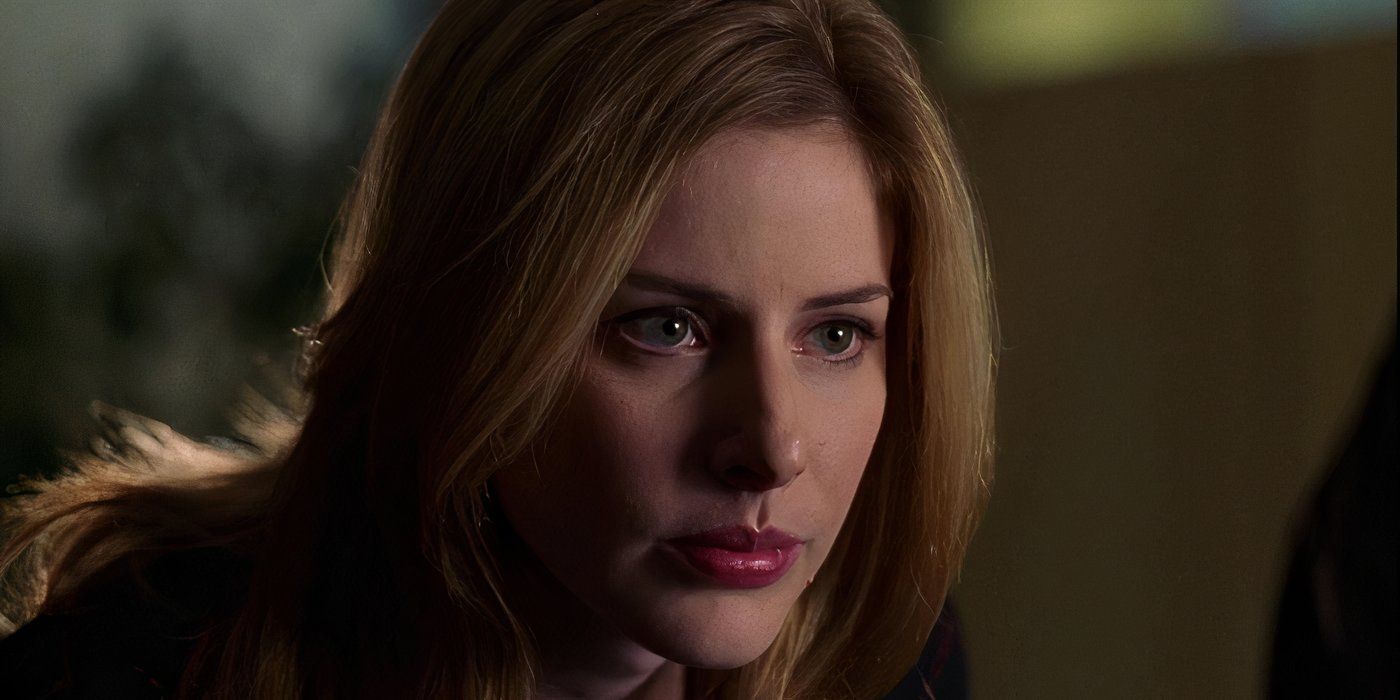One of this year’s acclaimed Oscar-contending documentaries goes below the waves with a remarkable community of women free divers off the coast of South Korea. They’re formally known as “haenyeo,” but sometimes referred to as “Korea’s mermaids.”
Filmmaker Sue Kim’s term for them: “A bad-ass girl gang.”
The director of the Apple Original Film The Last of the Sea Women first observed the haenyeo as a child.
“The very first time I ever saw them in person, it was on my first trip ever to Korea with my family when I was 8 years old,” Kim recalled at a recent Q&A. “My parents took me and my brother down to Jeju Island — Jeju’s like the Hawaii of Korea… We were walking along the coast and just very spontaneously and organically saw this large group of women who were all dressed in their wetsuits… I just was so struck by them by that first appearance, and they caused such a commotion, and then they just went into the water and disappeared. And as an 8-year-old, that made such an impression.”

Kim said it was her mother who initially explained more about the haenyeo. “She told me, ‘They’re considered Korea’s mermaids, and they harvest marine life and they’ve been doing this for centuries, and they basically are the breadwinners of Jeju Island.’ …It sort of imprinted on me permanently.”
The haenyo take masks and flippers into the water, but not oxygen tanks: every conch, sea urchin or sea stone pineapple they harvest is collected while the divers hold their breath. It’s dangerous work – fierce currents and exhaustion have cost haenyo their lives. The work requires extreme athleticism.

“It’s incredibly difficult labor, and I think that is part of the reason why they’ve had not great luck in recruiting the younger generation to take it on,” Kim observed. “These are 70- and 80-year-old women, so you see them above sea level walking, and they’re hunched over and they’re pushing their carts, but the minute they get in the water, they really do transform into these very strong, graceful weightless beings.”
At one time there were tens of thousands of haenyo, but their number has dwindled to a few thousand now. It isn’t only the difficulty of the work that has reduced numbers; as Kim puts it, “It’s not the same ocean anymore.”
The director expanded, “What I found when I started filming and started talking to them — all of them uniformly agree that the greatest threat to their culture and tradition surviving is… climate change and global warming; the very delicate ecosystem of the ocean is destroying the marine life. So, the marine life isn’t there anymore for the haenyo to be able to catch and subsist. They can’t actually support their families with their bounty anymore in the way that they used to.”

Nobel Peace Prize winner Malala Yousafzai produced the film, the first documentary under her Extracurricular production banner. She told us at the Toronto International Film Festival, where The Last of the Sea Women premiered, “I hope that through this documentary, people will be able to understand what we mean when we talk about risks to climate because this is an issue that we see in the papers. We hear about it, we hear about it on television, but it’s really hard to connect to it and realize how it’s impacting the everyday lives of people. And this is one story through which we understand how the climate change is impacting the lives of these incredible women.”
The film explores another threat not only to the haenyo but to marine life in general in the area: the Japanese government’s plan to release into the ocean treated radioactive wastewater from the damaged Fukushima nuclear power plant. Currents spread the treated water to Jeju Island and elsewhere. The International Atomic Energy Association endorsed the release of the radioactive material, but the haenyo banded together to try to block it.

Having first seen the haenyo as a child and recently spending a great deal of time with the women as an adult, Kim remains in awe of them.
“I found out that they were the matriarchs — they literally converted Jeju Island into a semi-matriarchal social structure, which was unheard of back then,” she said. “This is back in the ‘50s and ‘60s. Korea, like many countries, has a historically deeply patriarchal political structure and social structure. So, when I found out that these women were not only bad-asses, but they were also literally the leaders of this island, and they changed this island into a matriarchal structure, I just thought that was the most empowering, kind of inspiring female community I’d ever heard of.”
Kim added, “I just wanted to kind of get closer to them and, basically, understand their ways.”









 English (US) ·
English (US) ·